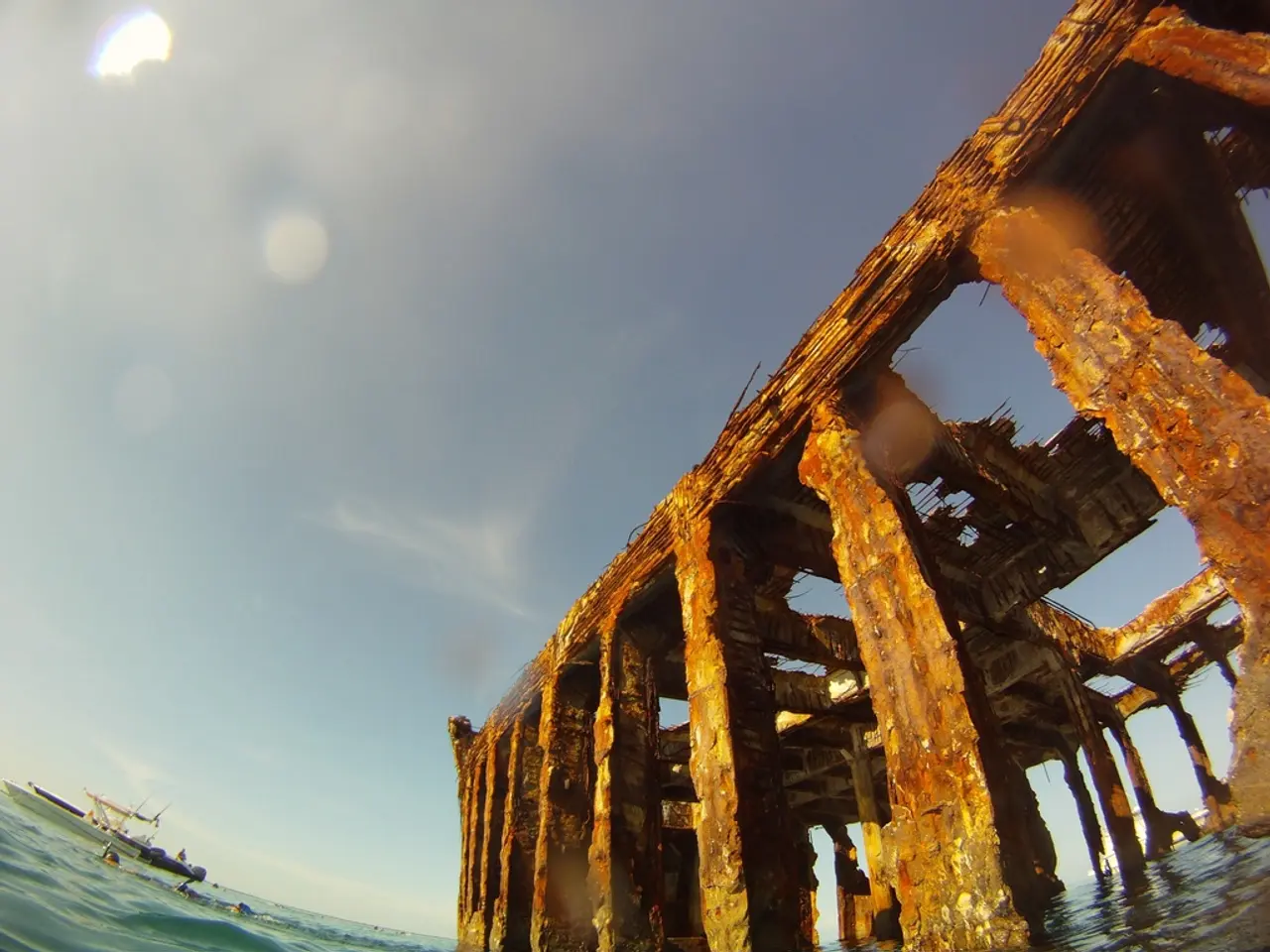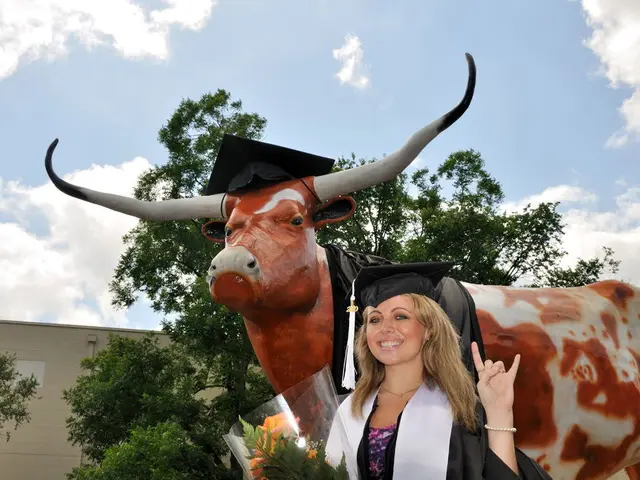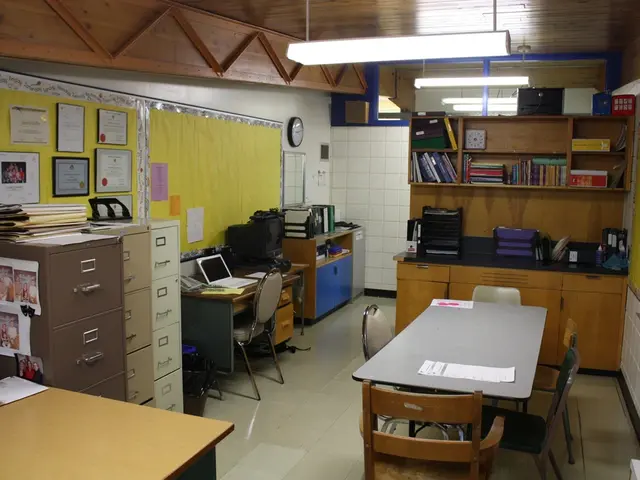Space Station Docking Procedure: An Overview of Linking Spaceships to the ISS
The International Space Station (ISS) is a remarkable feat of international cooperation, serving as a floating laboratory 250 miles above Earth. To ensure the safe and secure joining of spacecraft with the orbiting outpost, the ISS employs two primary types of docking interfaces: the NASA and commercial crew vehicles use soft-capture and hard-capture mechanisms, while Russian vehicles utilize probe-and-drogue or automated docking systems.
NASA's SpaceX Crew Dragon, for example, approaches the ISS and docks with the Harmony module's space-facing port. Once in proximity, the Dragon initiates engagement with the docking mechanism where hooks and latches pull its nose into the port, locking the craft firmly in place. Umbilical connections then automatically establish power, data links, and environmental controls, followed by leak checks that ensure an airtight seal.
Russian spacecraft, such as Soyuz and Progress, utilize docking systems compatible with the Russian Orbital Segment. These rely on probe-and-drogue mechanisms and automated rendezvous and docking systems. The Russian segment, fully owned and operated by Russia except for certain modules, uses its own docking ports compatible with these vehicles.
Visiting spacecraft must link up with the ISS to bring new crew members, deliver essential supplies, and return completed science experiments and astronauts back to Earth. During proximity operations, the spacecraft's onboard navigation sensors and computers guide it towards a specific docking port on the ISS. Imaginary "keep-out spheres" surrounding the ISS help define these no-fly zones that the spacecraft must avoid.
The ISS has multiple docking ports, located on the Russian Orbital Segment and the U.S. Orbital Segment. On the U.S. segment, there are two International Docking Adapters (IDAs) that feature the NASA Docking System. These IDAs support the docking of the SpaceX Crew Dragon, Boeing Starliner, and SpaceX Dragon cargo resupply ship.
In some cases, the crew can even take manual control of the spacecraft using a remote command panel to steer it during the final approach. If any off-nominal indications are detected, the crew can issue an abort command to wave off the spacecraft. The ISS is designed to be a self-sufficient spacecraft independent of any visiting vehicles, capable of operating and supporting its crew indefinitely even if a spacecraft is unable to undock for an extended period due to a mechanical problem.
As the space industry continues to evolve, so too does the ISS's docking technology. NASA and its international partners are working on next-generation docking mechanisms for spacecraft, aiming for smaller, lighter, and more versatile designs. The future of space travel and scientific exploration is undoubtedly exciting, and the ISS will continue to play a pivotal role in these endeavours.
- The space-and-astronomy field has witnessed significant advancements in space technology with the development of next-generation docking mechanisms, aiming to create smaller, lighter, and more versatile interfaces for spacecraft.
- The International Space Station (ISS) is not only a testament to international cooperation in space exploration but also serves as a platform for environmental-science research, providing crucial data for our understanding of Earth's climate and ecosystems.
- Education-and-self-development often incorporate the study of space technology, allowing students to delve into the fascinating world of science, having the opportunity to learn from the ISS's innovative environmental control and life support systems.
- In addition to facilitating visits from spacecraft carrying essential supplies and crew, the ISS also functions as an educational center, broadcasting videos and interactive lessons that inspire students on Earth to pursue careers in technology and science.




